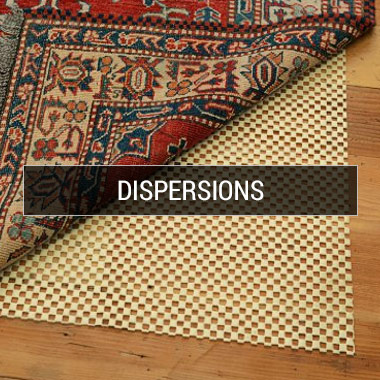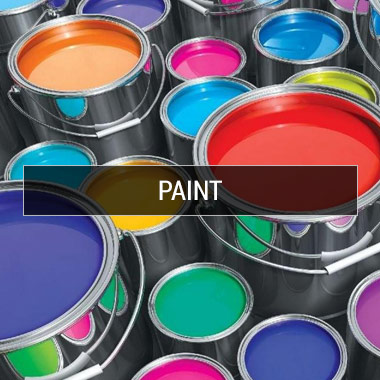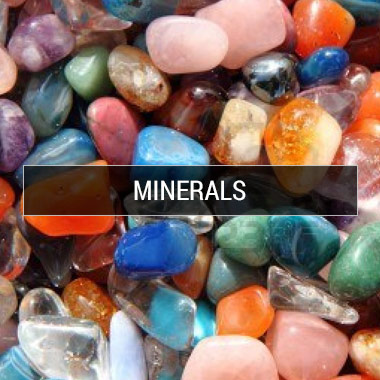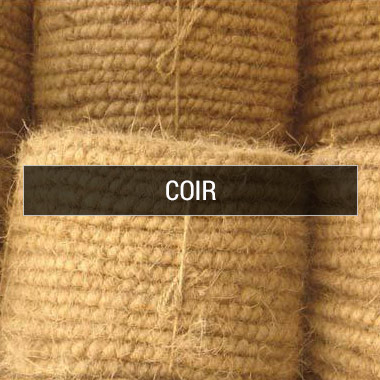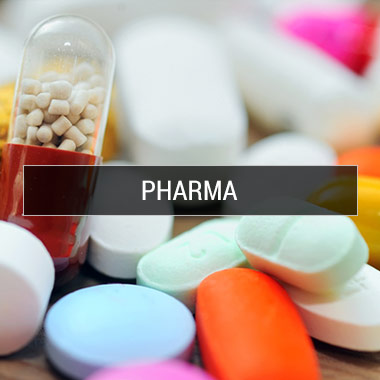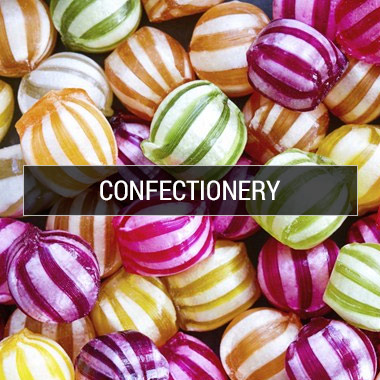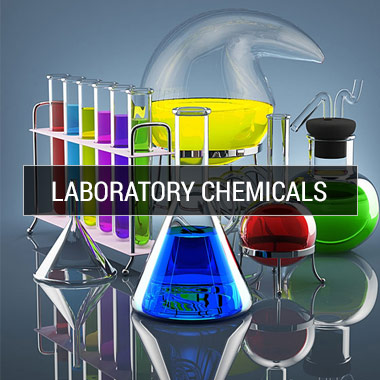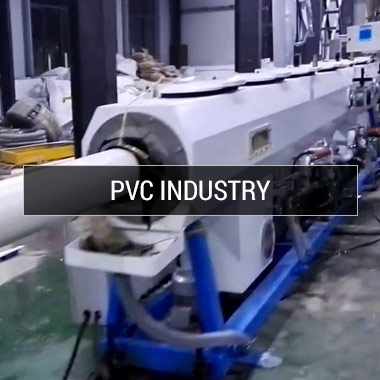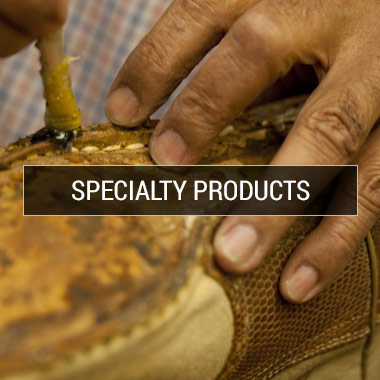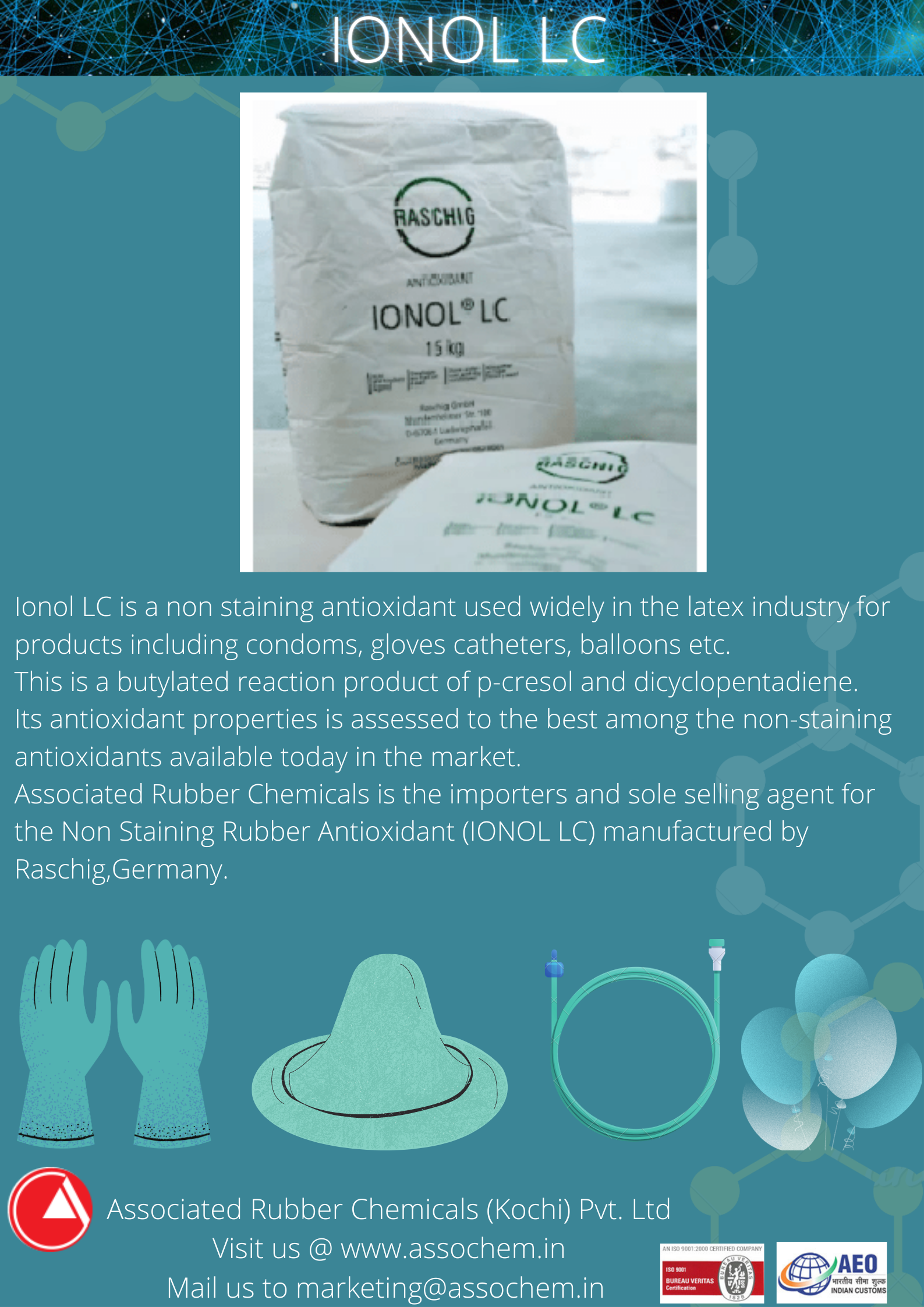
Antioxidants- Key to long shelf life
June 19, 2023 · Dhanya
The antioxidants are known worldwide as protection against processes of decay. Effects of weather like heat and light, but also mechanical impact catalyse the ageing process of polymers. It protects the application from Embrittlement, age-related discoloration and loss of flexibility and thus significantly increases the life span of your products.
Antioxidants can be classified according to their antiaging mechanisms (counteracting oxygen, O3, and copper), effects on appearance (discoloration vs. non-discoloration, and contamination vs. non-contamination), specific function (heat resistance, bending, and crack resistance), and physicochemical properties (natural, physical, and chemical antioxidants). Natural antioxidants are only found in NR, such as amino acids, tocotrienol, and betaines , whereas physical and chemical antioxidants are widely used in various synthetic rubber products.
The rubber-aging process comprises three stages: initiation, reaction, and termination, and the physical antioxidants are usually used to address the initiation stage of rubber aging. A film-isolating oxygen and O3 is formed on the surface of rubber products by directly applying or spraying, which can prevent the rubber from aging. By contrast, chemical antioxidants are usually used to address the reaction stage of rubber aging. According to the different fracture modes of the molecular chain of raw rubber materials, different chemical antioxidants are added to block the growth reaction chain during aging. Chemical antioxidants are generally classified as amine, phenolic, heterocyclic, phosphite, and nickel salts (nickel dibutyl dithiocarbamate (NBC)) antioxidants according to their chemical structure. During the rubber production, various antioxidants are often used as a mixture to improve performance and ensure an antiaging effect.
Amine Antioxidants
Amine antioxidant is the most common rubber antioxidant, which was produced as early as the 1970s and widely used in the rubber industry. Typical amine antioxidants include diaryl-secondary amine, acetone-amine condensation product, p-phenylenediamine, and aldehyde-amine condensation product antioxidants .
The most common products include 6PPD, N,N′-bis(1,4 dimethylpentyl)-p-phenylenediamine (77PD), tris-(N-dimethylpentyl-p-phenylenediamine)-N,N′,N″-1,3,5-triazine (PPDTZ), 1,3,5-Triazine-2,4,6-triamine, N,N′,N″-tris [4-[(1,4-dimethylpentyl)amino]phenyl] (TMPPD), N-isopropyl-N′-phenylenediamine (IPPD), and the TMQ.
Phenolic Antioxidants
Phenolic antioxidants could be divided into alkylene phenolic, substituted monobasic phenolic, polybasic phenolic, and sulfurized disubstituted phenolic antioxidants . Typical phenolic antioxidant products include 2,2′-methylenebis (6-tert-butyl-4-methyl-phenol) (antioxidant 2246), 2,6-di-tert-butyl-4-methylphenol (BHT (264)), and styrenated phenol (antioxidant SP). Among them, antioxidant 2246 has a good performance to protect rubber from aging caused by heat, oxygen, and metals. Ionol LC is a phenolic antioxidant for stabilizing natural and synthetic rubber and latex. It is a butylated reaction product of p-cresol and dicyclopentadiene and its appearance is light to cream-colored powder or yellowish to beige flakes. As an application in natural and synthetic rubber like gloves, elastic threads, carpet backings or mattress and cushion foams, antioxidant chemical ensures permanent elasticity and tensile strength. Not only in elastomers, but also in thermoplastic styrene copolymers (e.g. polymer stabilisation for ABS, PVC, CPVC and TPE compounds), industrial rubber products and tyres, it offers improved properties with an outstanding effect in comparison with standard additives. Adhesives and hot-melt adhesives, as well as lubricants profit from reduced volatility, because outstanding stabilisation is also guaranteed at high temperatures.
Heterocyclic Antioxidants
Heterocyclic antioxidants are mainly used to prevent thermal and oxygen aging and could effectively prevent copper damage. They are generally used in light-colored and transparent rubber products, as well as foam latex products. The commercial products of heterocyclic antioxidants mainly include 2-mercaptobenzimidazole (MB), 2-mercaptomethylbenzimidazole (MMB), 2-mercaptobenzimidazole zinc salt (MBZ), 2-mercaptomethylbenzimidazole zinc salt (MMBZ) and the benzothiazole derivatives.
Phosphite Antioxidants
Phosphite, as a hydroperoxide-decomposing agent and a free-radical-trapping agent, plays a key role as an auxiliary antioxidant in polymer systems. Phosphite antioxidants mainly include tris(nonylphenyl) phosphate (TNP), tris(1,2,2,6,6-pentamethylpiperidinyl) phosphite (GW-540), and tris(2,4-di-tert-butylphenyl) phosphite (Irgafos168). GW-540 is widely used in tires blended with styrene butadiene rubber and polybutadiene rubber. TNP is suitable for NR, SR, latex, and plastic products. As a stabilizer and antioxidant, it could endow rubber products with considerable heat resistance.
Protecting rubber and plastics from aging, and preserving desired properties
- Unrivalled track record of protecting rubber and plastics from thermal oxidation
- Non-discolouring, non-pinking, with excellent colour purity
- Protection from softening, hardening, brittleness and stickiness
- Persistent as a process stabiliser, with low volatility
- Extend the lifespan of your products and reduce service life costs
Antioxidants are widely used to improve the performance of rubber, and their production, especially 6PPD, is annually maintained at a high level . Amine antioxidants and TPs have been generally detected in the environment, especially in water, air, and dust, indicating that they can be transported through the atmosphere and rivers. Their ubiquity in the environment may result in biota exposure risk of amine antioxidants and TPs. However, the environmental risks caused by these compounds are not well understood. In a landmark study, scientists confirmed that the TP (6PPD-quinone) of amine antioxidant (6PPD) showed high toxicity and caused the acute death of silver salmon in Seattle, WA, USA. More and more studies have revealed the toxic effects of the TPs of antioxidants, which has recently raised great concern about the environmental impact of rubber antioxidants and their TPs. Concerning the research status on their environmental occurrence and impact, the following research aspects may be prioritized in the near future:
Quick Enquiry
To know more about Associated Chemicals feel free to send a message
 Our Sister Concerns
Our Sister Concerns 


Usefull Links
Get In Touch
Assochem Chambers, Bypass, Edapally,
Kochi-682024, Kerala, India.
Phones : +91 9495999349, +91 9388610189, +91 484 2339190, +91 484 2348028
E-mail : nsn@assochem.in, marketing@assochem.in, mail@assochem.in
Support






